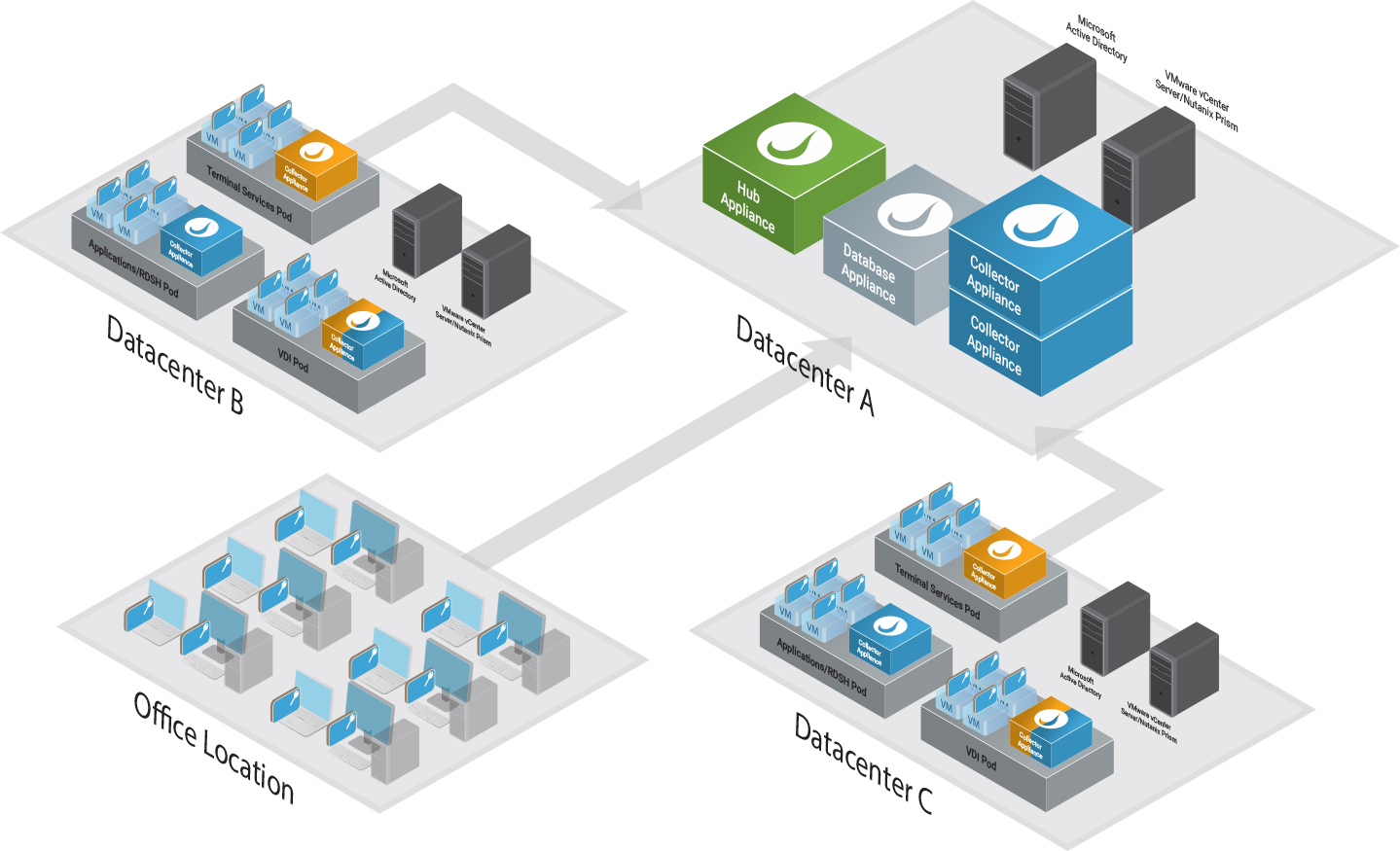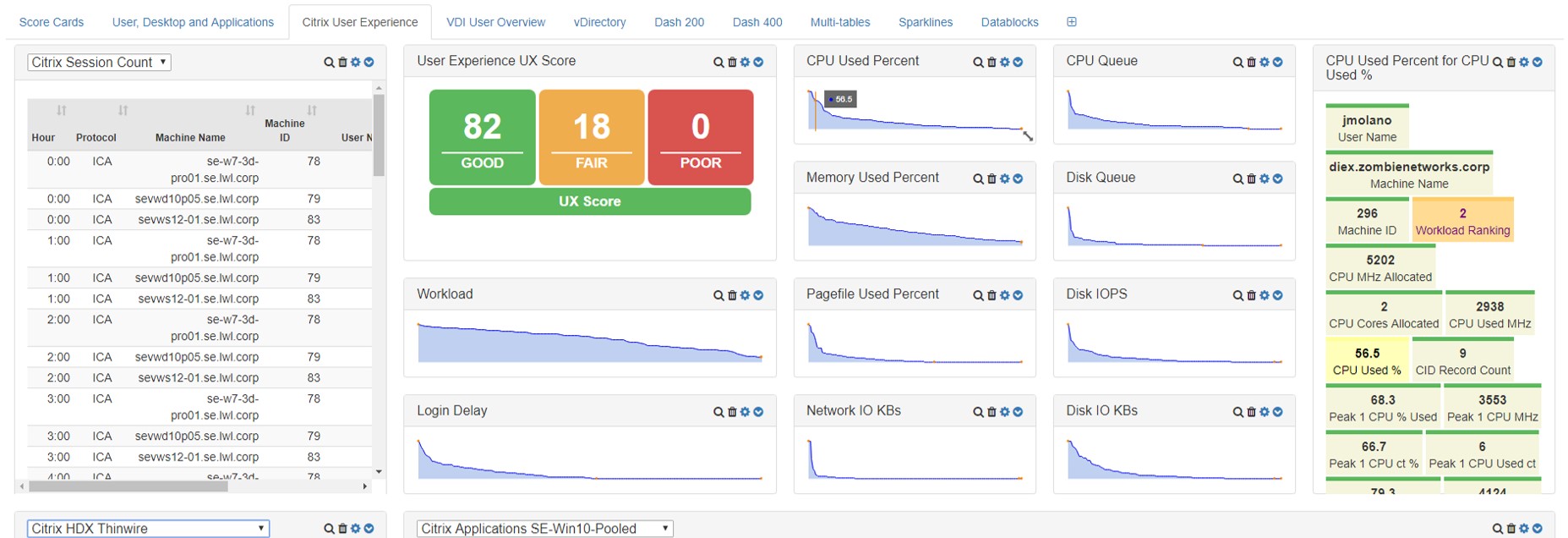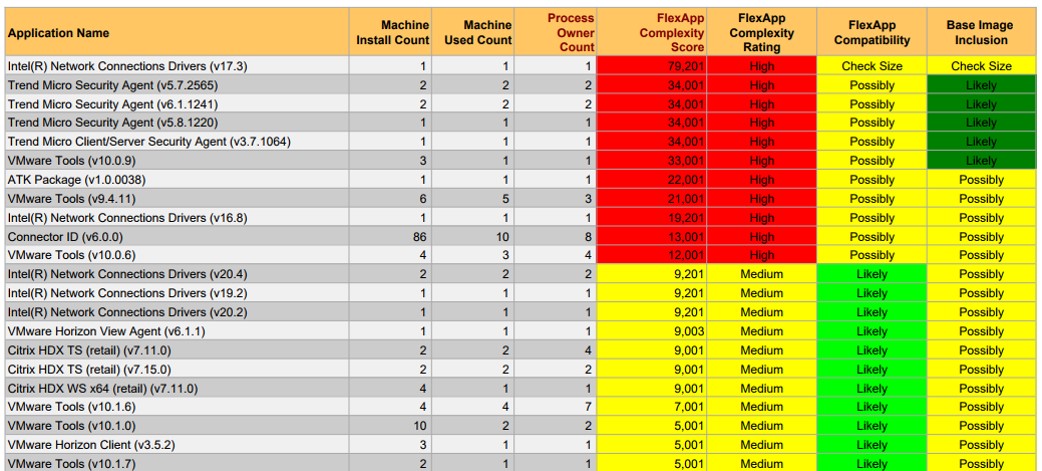I’m very excited to announce the general availability of Stratusphere UX 6.0. With this release, the solution has received an architectural upgrade, a dashboard builder, support  for new client devices, and application features to facilitate application strategy and reporting.
for new client devices, and application features to facilitate application strategy and reporting.
Under the Covers
Primary to this release is a new and highly-scalable architecture, which will support an increase of 400 percent in scale and increases of 40 percent in interface responsiveness and over 100 percent in reporting time. Additionally, Stratusphere UX 6.0 introduces a distributed Collector Appliance, for the aggregation and collection of Stratusphere Connector ID Key (an extremely lightweight in-guest agent) data and network data—related, Connector ID Keys now offer a feature to failover to another Stratusphere Collector in the event of an appliance or infrastructure failure.

Dashboard Builder
This release of Stratusphere UX will also introduce a brand new dashboard builder. The builder is graphical in nature and offers the ability to create and organize widgets that will provide visibility to the metrics and information you deem most important. Dashboard views can be organized in tab views that can be customized and saved to support specific use cases and team needs. From help desk to the network operations center (NOC), the Stratusphere Dashboard Builder will ensure you have the detail necessary to monitor user experience and workspace performance.

In-Guest Support and Visibility Extended
In addition to supporting all major versions of Microsoft Windows and Linux distributions, this release of Stratusphere UX will add support for Apple OS X (El Capitan) and macOS (Sierra). Visibility to physical devices is important, and we’re excited to be able to bring the metrics and details that underpin user experience to Apple workspaces.
This release of Stratusphere UX will also provide increased details and metrics to support end-device network-layer visibility. Specifically, trace route functionality has been added to the product. Physical-layer connectivity can play an important role in the delivery of user experience; especially for remotely connected devices and teleworkers.
This release will include formal support for Windows Server 2016 and a native Connector ID Key for IGEL OSâ„¢-based clients. Greater visibility to IGEL-based client devices is central to organizations looking to better monitor and manage user experience and performance on their endpoint.
It’s All About the Applications
We’re very excited to help advance application strategy with a couple of new core application-based reports and metrics. New to Stratusphere UX 6.0 is an applications layering candidates report. This report provides analysis and detail to assist in the identification of applications that may be good candidates to deliver via Liquidware’s application layering technology, FlexApp. For each identified application, Stratusphere UX will provide a complexity score and rating that is based on the use of elements such as whether the application employs shell extensions or uses COM/DCOM for its operations—critical factors to consider when contemplating application delivery.

The Stratusphere UX 6.0 release will also include an applications strategy assessment report, which offers a starting point for administrators looking to create a comprehensive application strategy. This report provides basic inventory information as well as application counts, where an application is run and the resources consumed. It provides details on applications services and offers an application complexity rating and recommendation whether it should be distributed in the base image, or using an application layering approach such as what is offered by Liquidware FlexApp.
Earlier this month, I spoke about our work with NVIDIA and how to Gain Application-Level GPU Visibility with Stratusphere UX. Based on this partnership and a software development kit extended to us, Stratusphere UX now adds to its NVIDIA GRID visibility with application-specific encode, decode, frame buffer and graphics utilization metrics. GPU can play a significant role in the delivery of virtual desktop workspaces, and the combination of Liquidware Stratusphere UX and server-based NVIDIA GPU cards offer a solution designed to support the monitoring, diagnostics as well as to visibility to support application optimization and health.
This major release of Stratusphere UX continues the trend of lowering the barrier of entry for the monitoring, diagnostics, and optimization of end user computing environments and workspaces. We appreciate the challenges faced by all of you; and we continue to do our part to expose the metrics and detail necessary in the delivery of optimal end user experience. Please let us know how we’re doing. Give us a shout—we’d really love to hear from you.








Leave A Comment
You must be logged in to post a comment.